Description
IS215ACLEH1A GE Steam Turbine System
Related reading: PI participates in PCIM Asia 2021, see you in Shenzhen!
[Introduction] Classification of motors and introduction to control technology of permanent magnet synchronous motors
1.0 Classification of motors and introduction to control technology of permanent magnet synchronous motors
The basic electromagnetic induction produces force, which is similar to junior high school physics knowledge and will not be discussed anymore;
The knowledge about brushless DC and permanent magnet synchronous motors is too divergent and will not be discussed again;
Several points introduced in this article
Classification of motors and types of motors in daily life
Operating principle of brushless DC/permanent magnet synchronous motor
Similarities and Differences between Brushless DC and Permanent Magnet Synchronization
Control technology of permanent magnet synchronous motor
1. Classification of motors and types of motors in daily life
As shown in the figure, the types of motors can first be distinguished according to AC and DC types.
DC motors are encountered a lot in daily life. Almost all of them use batteries or 5V power supplies as energy, such as electric toys,
shavers, and small fans. This type of motor is classified in the commutation subdivision. The control method is also very simple. It can rotate
when the two poles are energized. The greater the voltage, the faster the rotation. If the two electrode wires are reversed, the rotation can be reversed.
If you have ever disassembled a DC brushed motor in a toy four-wheel drive vehicle, you will remember that there is a type II two-pole brush inside,
and the current commutation of the rotor is completed by the brush. In this type of motor, you will also find magnets inside, and the magnetic poles are
fixed and serve as the stator. Other subdivided unipolar motors and commutated electric excitation motors are less common in daily life and will not be introduced.
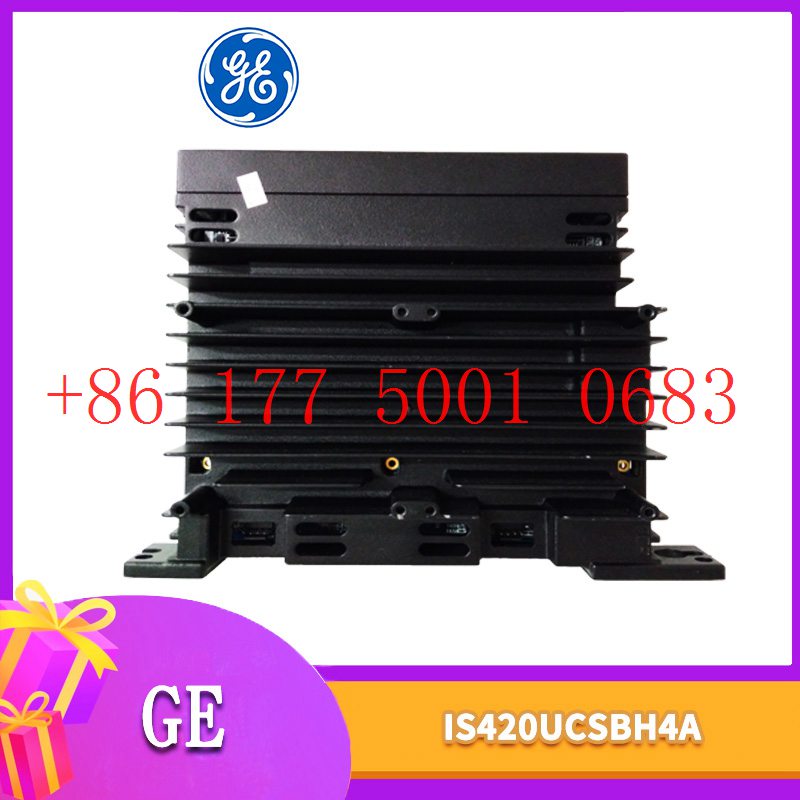
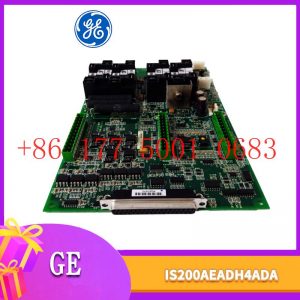
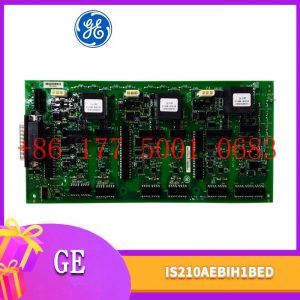
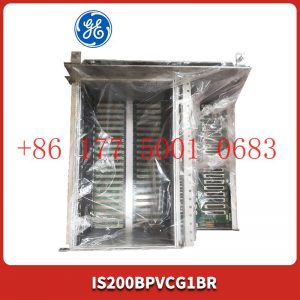
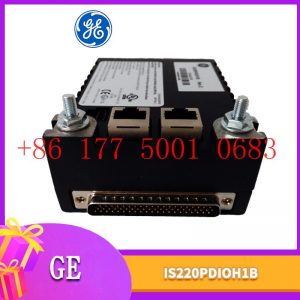


Reviews
There are no reviews yet.